Images taken by a camera are always subject to distortions – there simply is no flawless camera, no flawless lens. People often tend to think of image distortion as an aesthetic problem (the horizon of your sunset-on-the-ocean photograph being warped to a curve) or even as an aesthetic desirable (some people just like the distorted look of pictures taken by a fisheye lens).
In photogrammetry, image distortion is not just an aesthetic issue but a serious problem that has to be controlled: if the distortions of the images fed into a photogrammetric process are not corrected, the results will not be less pretty but simply wrong.
The most common type of image distortion created by an optical camera is radial distortion. The visual effect is that straight lines appear warped towards or away from the centre of the image. Because of this appearance, these distortions are called barrel and pincushion distortion, respectively.
While basic camera calibration or camera resectioning establishes the intrinsic camera parameters focal point (xy coordinate), image format (x and y dimensions) and focal length, camera calibration for photogrammetric applications usually includes the correction of radial distortions. A common way to do this is by applying Brown’s distortion model, a set of equations which relates undistorted pixel coordinates to the original (distorted) pixel coordinates depending on the pixel’s radial position in relation to the image’s principal point. Radial image distortions (if they are not extreme) are usually well modelled by photogrammetric software.
A second, less common but much more serious type of image distortion is non-radial distortion. For example, if the sensor pixels were not arranged in a perfectly square grid but sensor pixel distances in the x and y directions would differ, the resulting images would appear compressed or elongated. Fortunately, this is generally not the case. Much more common is a parallelogram distortion produced by many low-cost flat-bed and slide scanners: if the sensor array is not oriented exactly perpendicular to the direction of sensor movement, a scanned rectangle will become a parallelogram in the scan. This can become very relevant when using scanned aerial photographs.
One potentially important source of non-radial distortion is known as the rolling shutter effect. This refers to camera shutters which don’t expose the entire image at once. Instead, a narrow shutter opening moves across the image plane. Video and cell phone cameras generally don’t even have a mechanical shutter. In these cameras, the rolling shutter effect is due to the image sensor being read line by line. If the camera has a fast image processor, the sensor lines can be read within a very short time (the fastest possible shutter speed of a camera giving an indication of how fast the image processor is). And the slower the image processor, the bigger the problem.
The rolling shutter problem can be very severe. I have tested this by moving an LG 350ME phone while taking pictures, and the results are quite astonishing:
Now, the problem is quite apparent in these images. But it can sometimes be difficult to see whether there is a rolling shutter problem or not. Imagine the pictures would not show buildings but a landscape – it would be much harder to see the distorion, because the image does not necessarily appear blurred. Amd what’s worst for photogrammetric applications: there is no way to correct rolling shutter distortions (well, you could of course add high-speed accelerometer and gyro sensors to record camera movements and then figure out how to use these data to correct the distortions, but buying a better camera would be much cheaper and easier…).

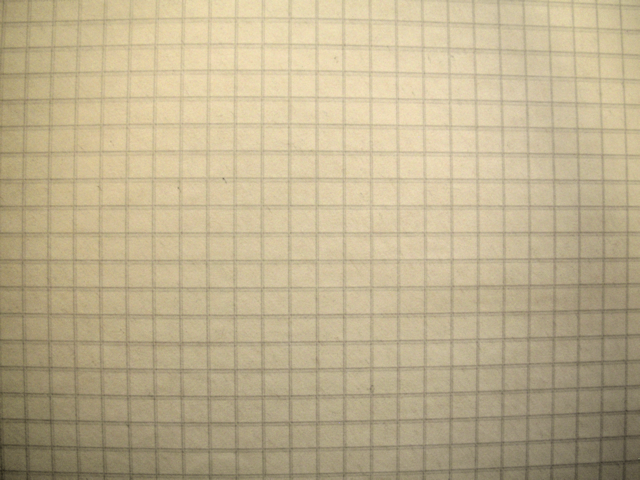
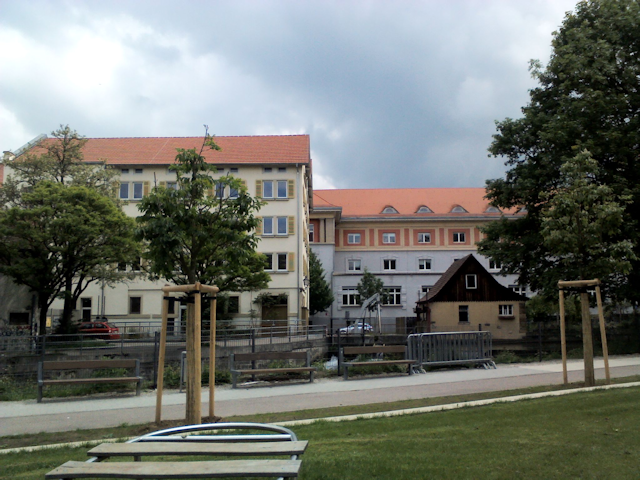
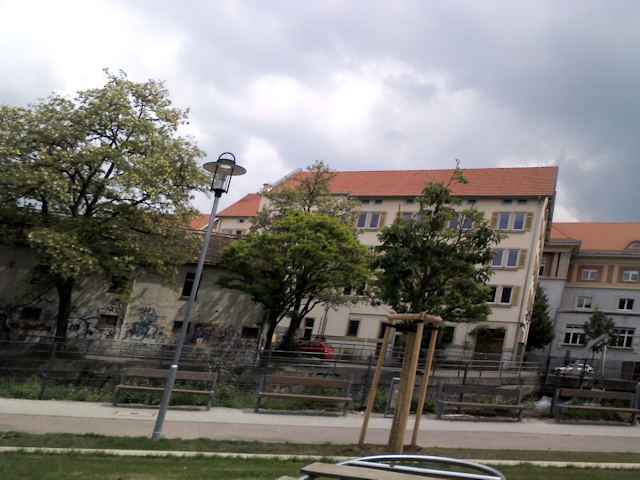

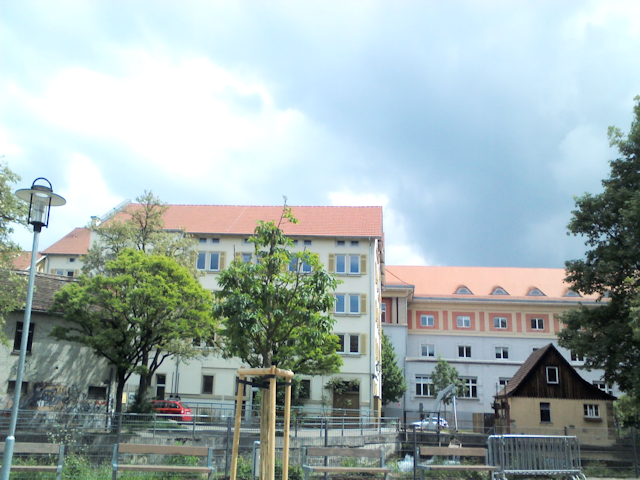
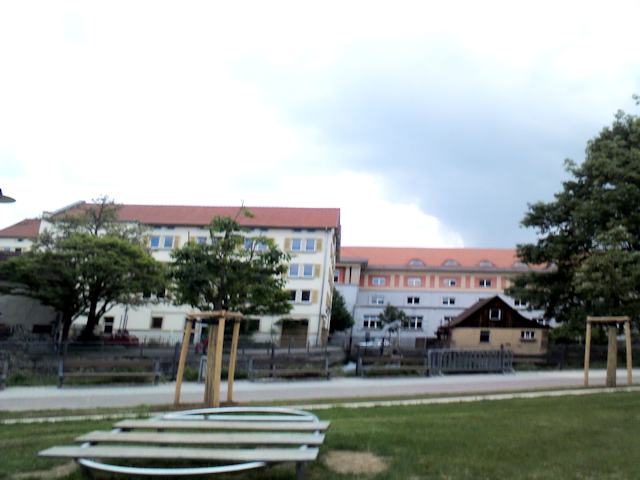
Pingback: Structure from motion: tips and tricks | 2 and 3 Dimensions